This year I kick off summer season with a visit to Transnistria. Very turbulent history throughout the years and into our own days.
For a historically interested Swede like me, this corner of the world is of particular interest. Here, the Swedish king Charles XII was in exile and a refugee after lost the battle at Poltava 1709. The king hoped to get Turkey and Poland to join him and his Cossack allies in a new war towards Russia.
Charles XII stayed in this area around the town Bendery for four years. During these years, it was the de-facto capital of Sweden and was named Carlopolis (Karlstad). This was at the time when the king had all the powers and every decision had to go through him. As he took decisions someone had to ride the long way to Sweden with everything to new laws (like our self-taxation), orders as well as appointments to positions of all sorts from priests to new government officials.
The king stayed with his Cossack ally – Hetman Mazepa who also stayed at the same place and wrote a new modern constitution with shared powers for a state that never came into existence.
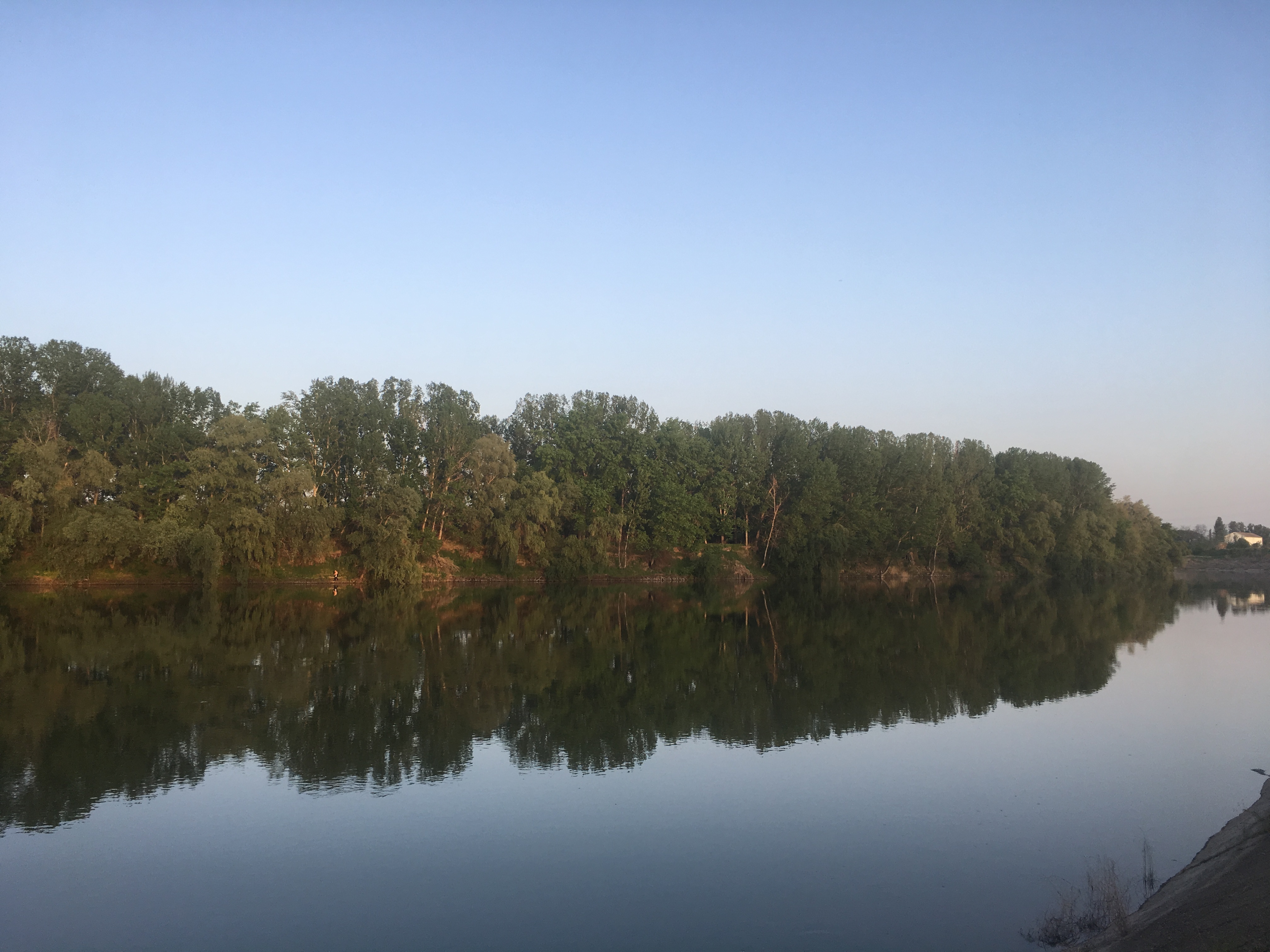
The first camp of Charles XII was located at ”wrong” side of the Dniestr river unprotected from the Russians.
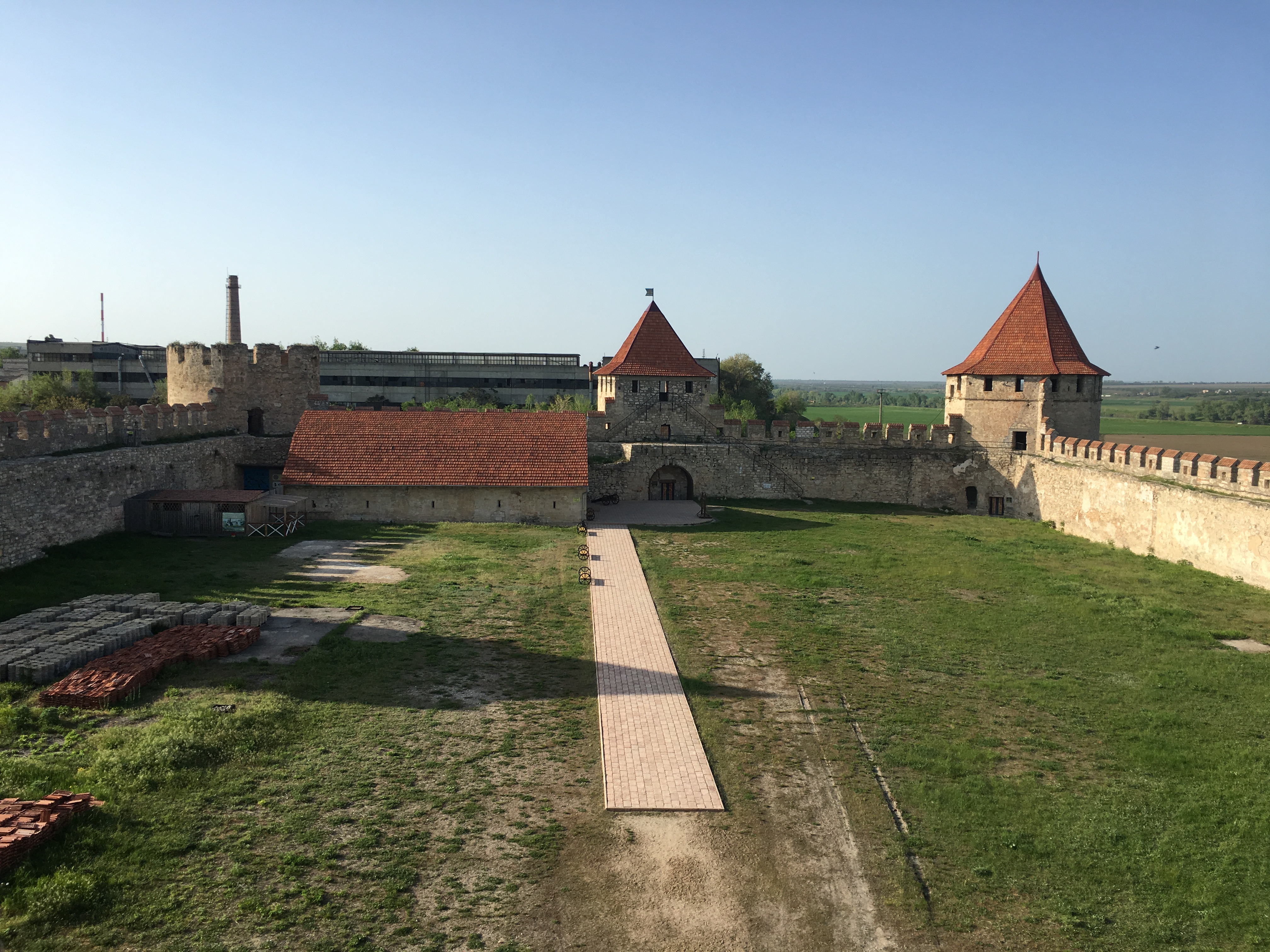
The Bendery fortress. Charles XII never stayed within the walls – this was where the Turks stayed.
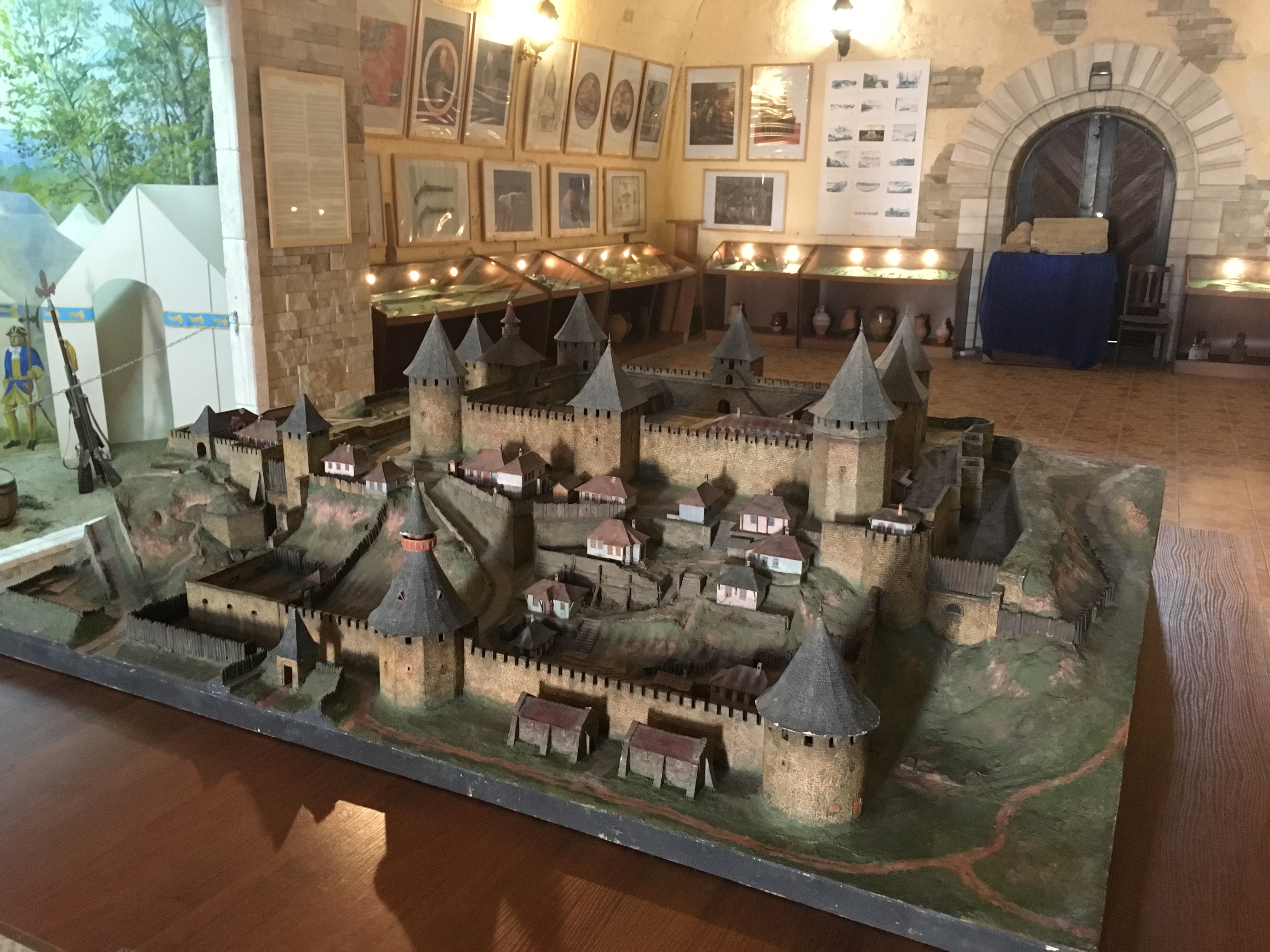
A model of the Bendery fortress in the museum
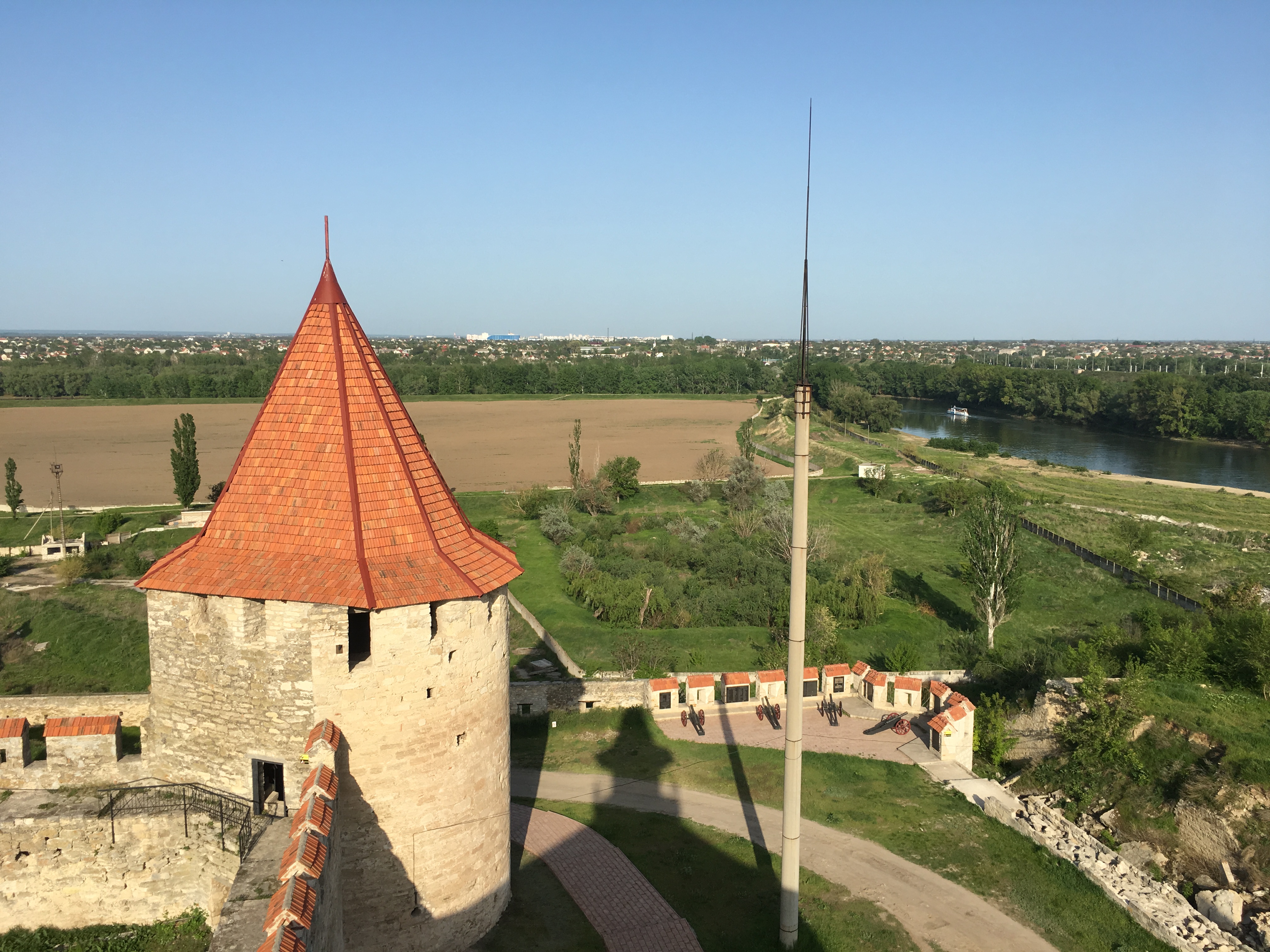
The Bendery fortress looking out on the Dnistr river. The second camp of Charles XII was located at the field and forest ahead.
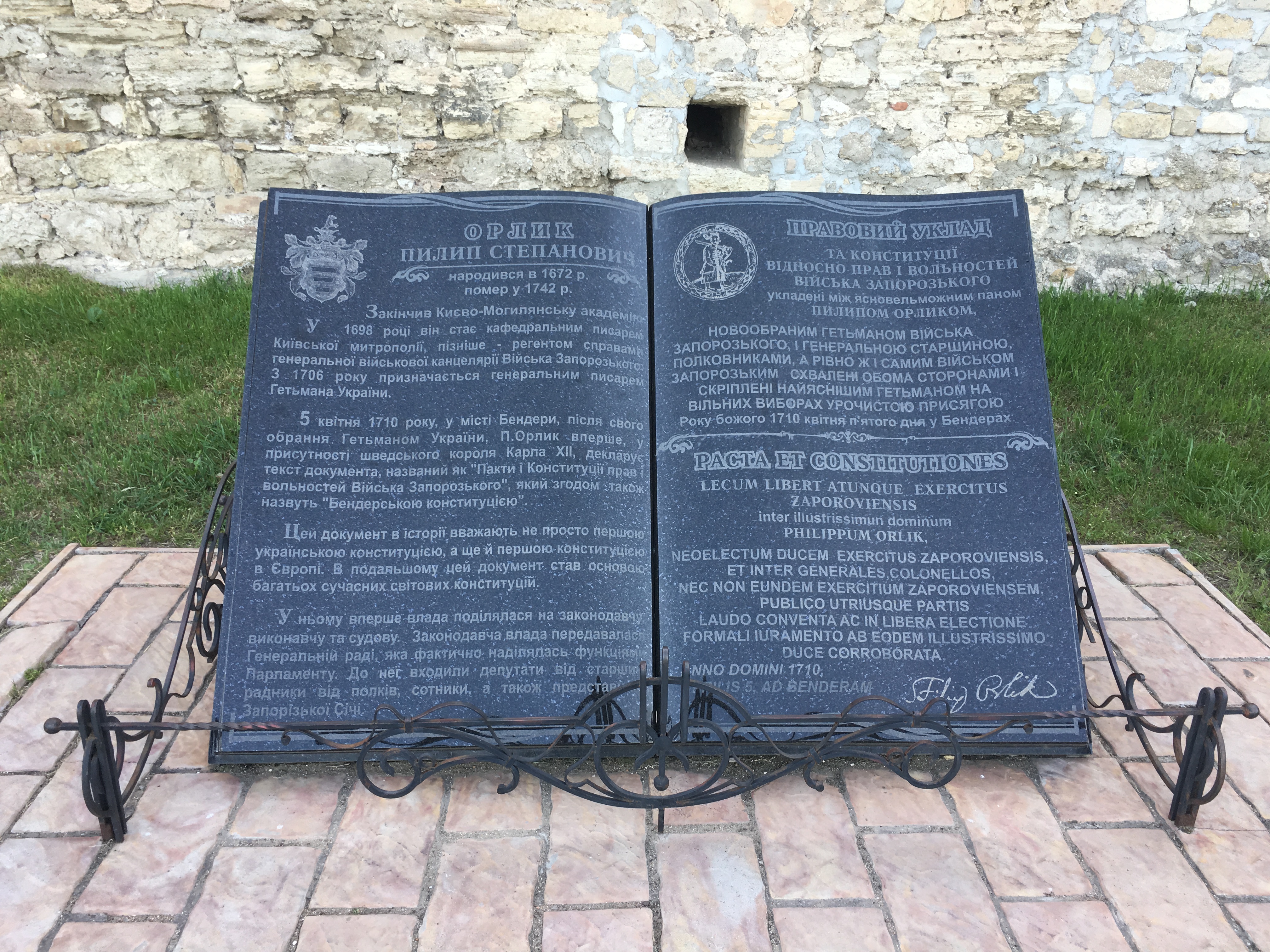
The modern Cossack consitution formed by Hetman Mazepa.
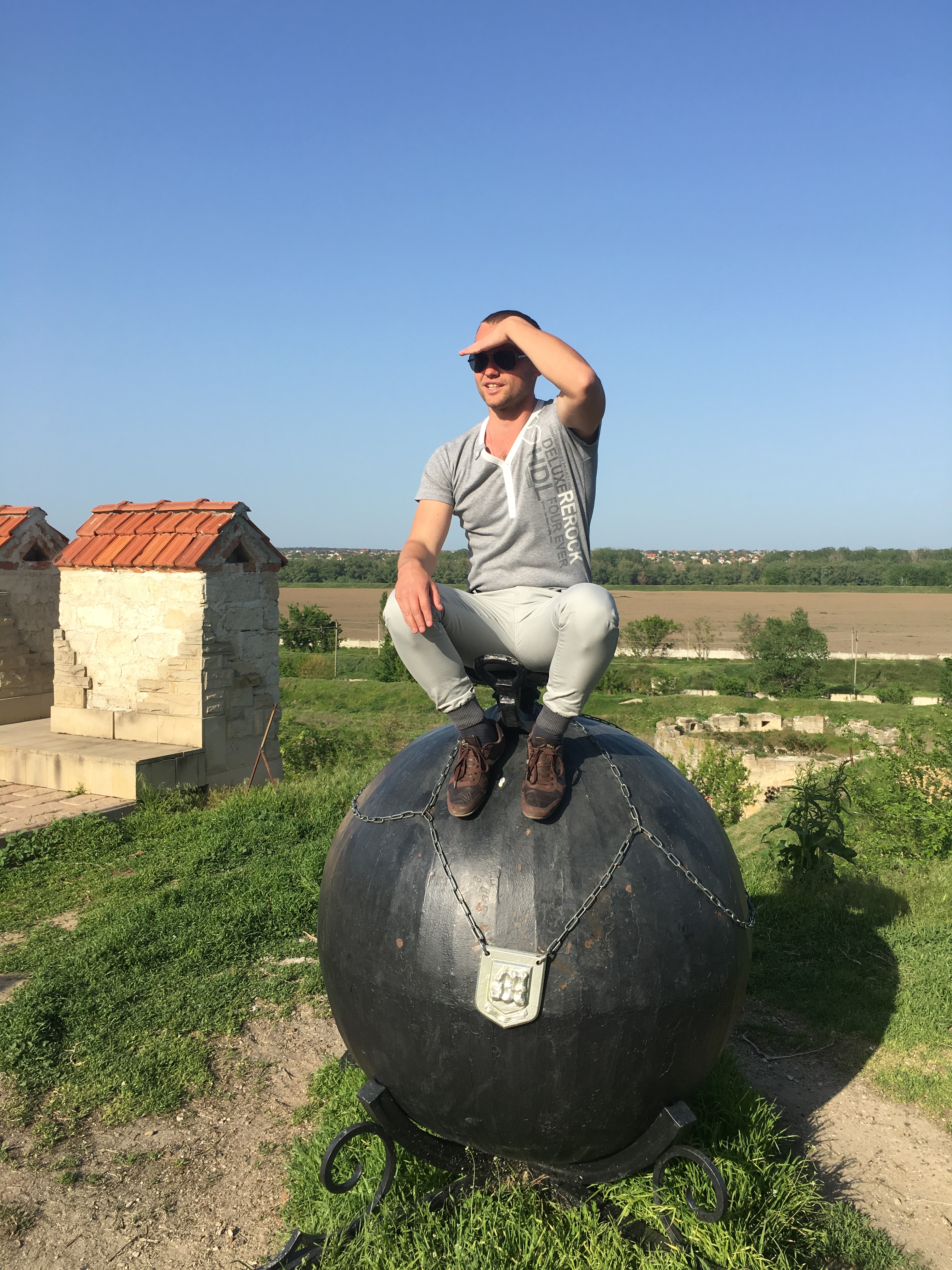
Andrey on a memory cannon ball. This fortress was the fortress that Baron von Münchhausen told that he flew over riding a cannon ball.
After four years, the Turks became tired of the king and his soldiers and decided to throw them out of the country leading to the “Kalabalik” in Bendery where the king eventually was expelled. He then had to ride back to Sweden on a horse. This all happened at the third camp in the village Varnitsa 5 km outside Bendery and across the current Moldovan border. This site is now under reconstruction with help from the Swedish embassy.
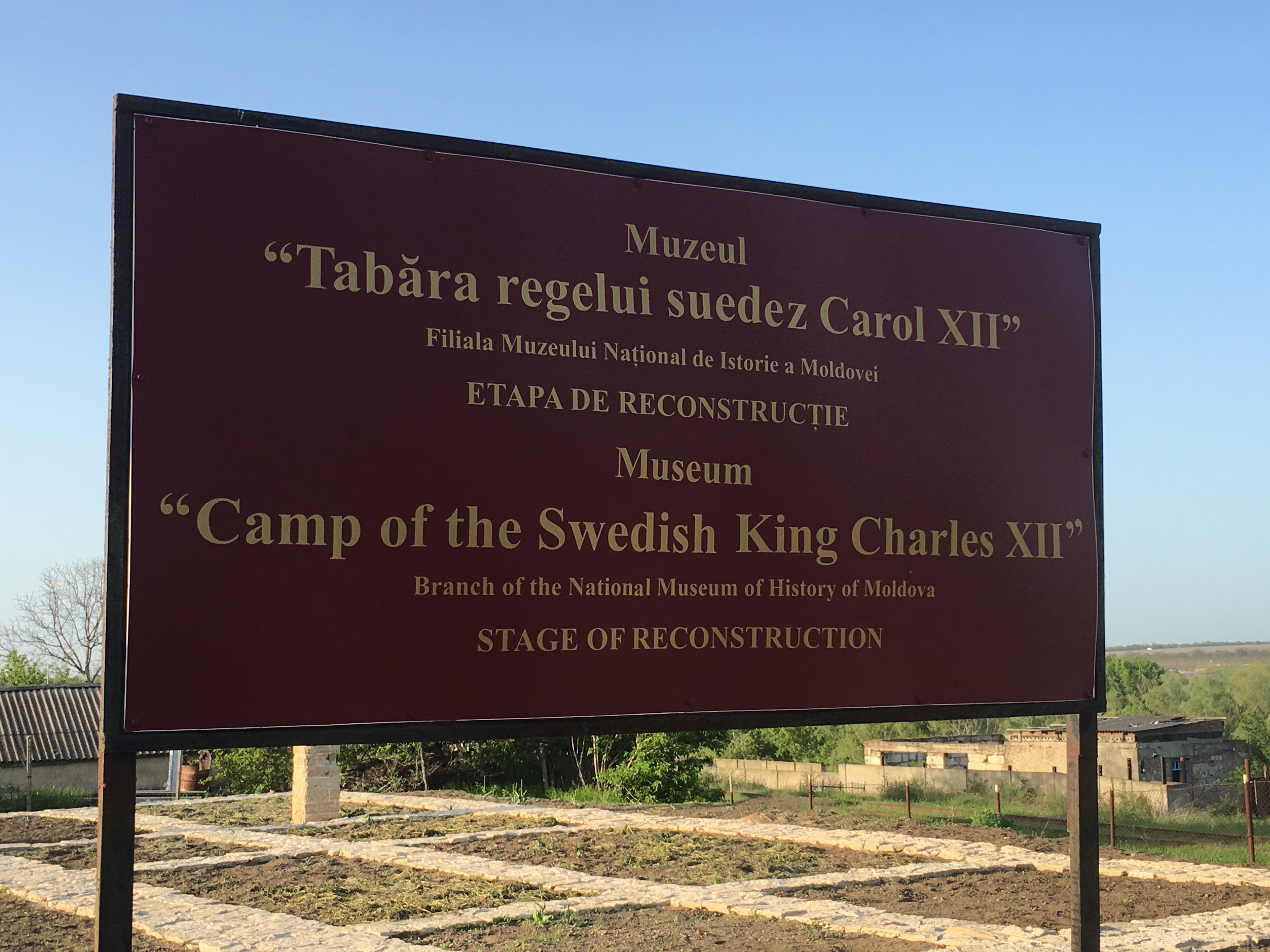
The reconstruction site in Moldovan village Varnitsa where the kings house was located. This is the third and last camp where the ”Kalabalik” in Bendery took place.
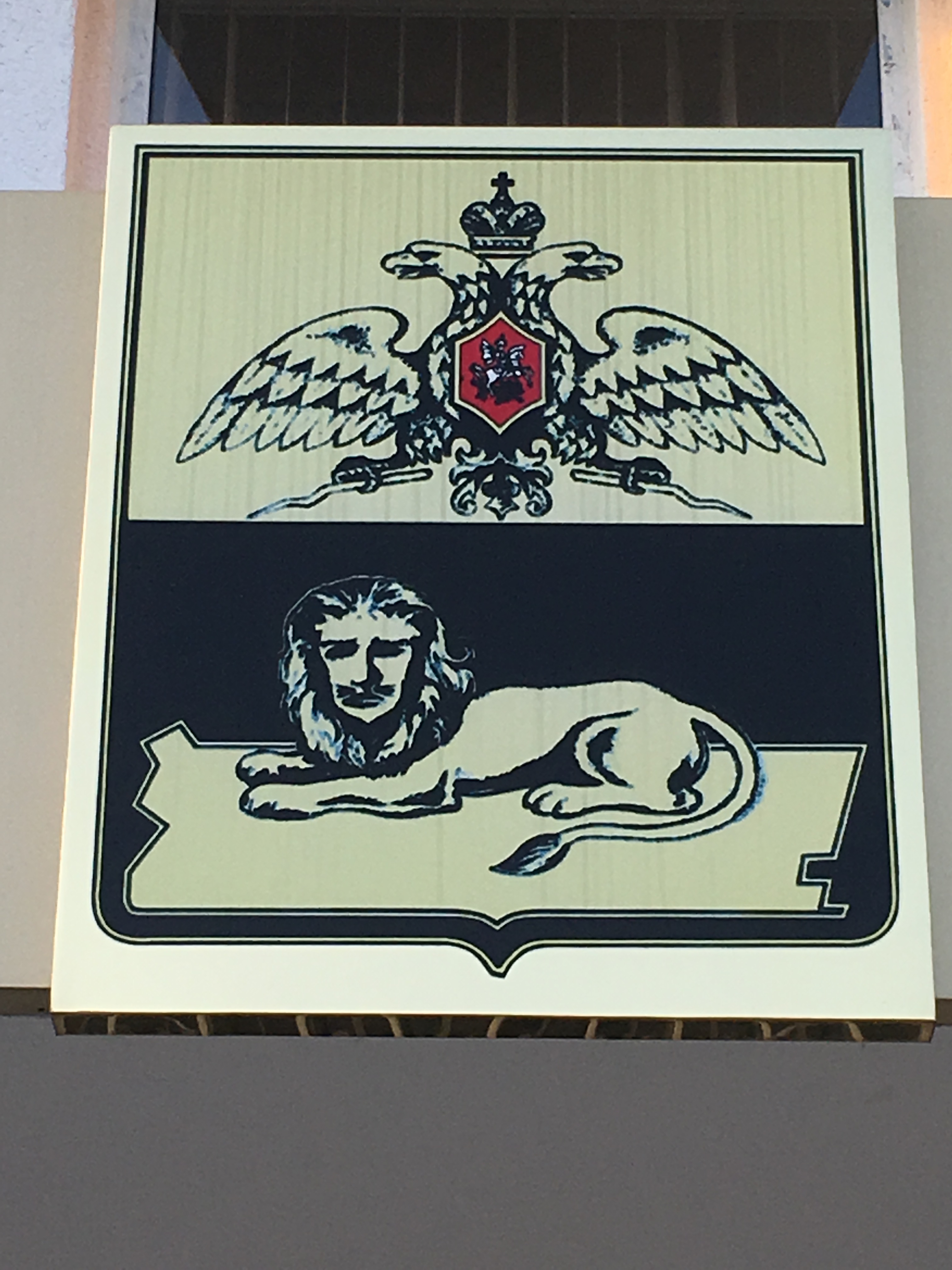
The Bendery city weapon. This weapon shows the Russian eagle sitting on top of a domesticed Swedish lion.
The modern history of Transnistria is also violent and confusing. Taken by Russia from Turkey, this became a part of Russia. After the Soviet revolution this territory formed a borderline of the early USSR and then taken by Romania during WW2. After the new borders set after the WW2, this region together with the main area of former Bessarabia became Moldovan SSR. When USSR fell apart, MSSR decided to form Moldova as an independent country and come closer to Romania. In Transnistria, they decided to stay in the USSR, which eventually led to a civil war. As USSR disappeared, they found themselves literally as the last Soviet republic recognized by noone except two other states in the same situation. This country is still a disputed area and there has not been a formal cease-fire between the neighbours. However, the country is very calm and the border crossing to Moldova is very undramatic with a bunch of guards standing smoking and gazing at the passports.
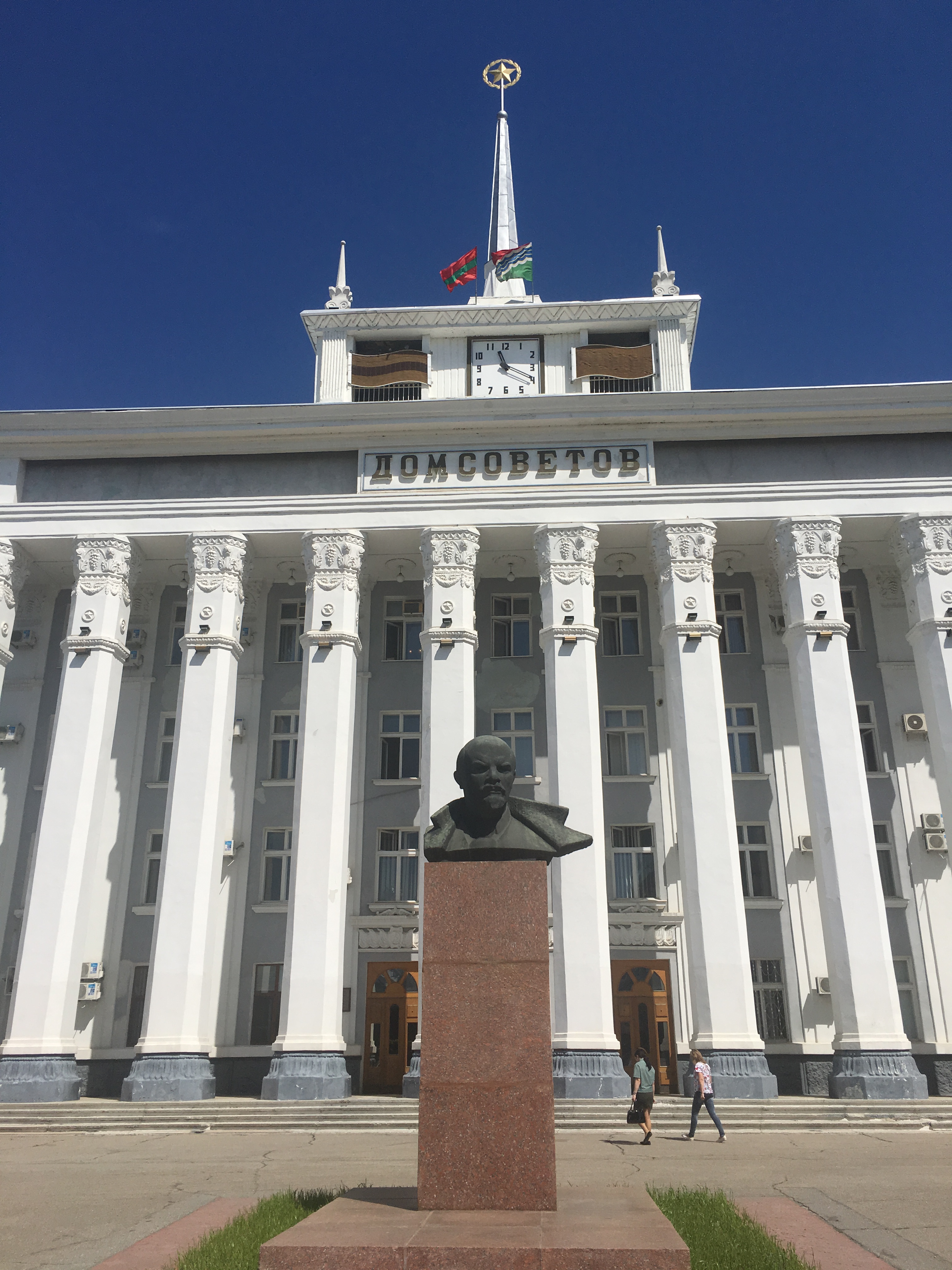
The city hall
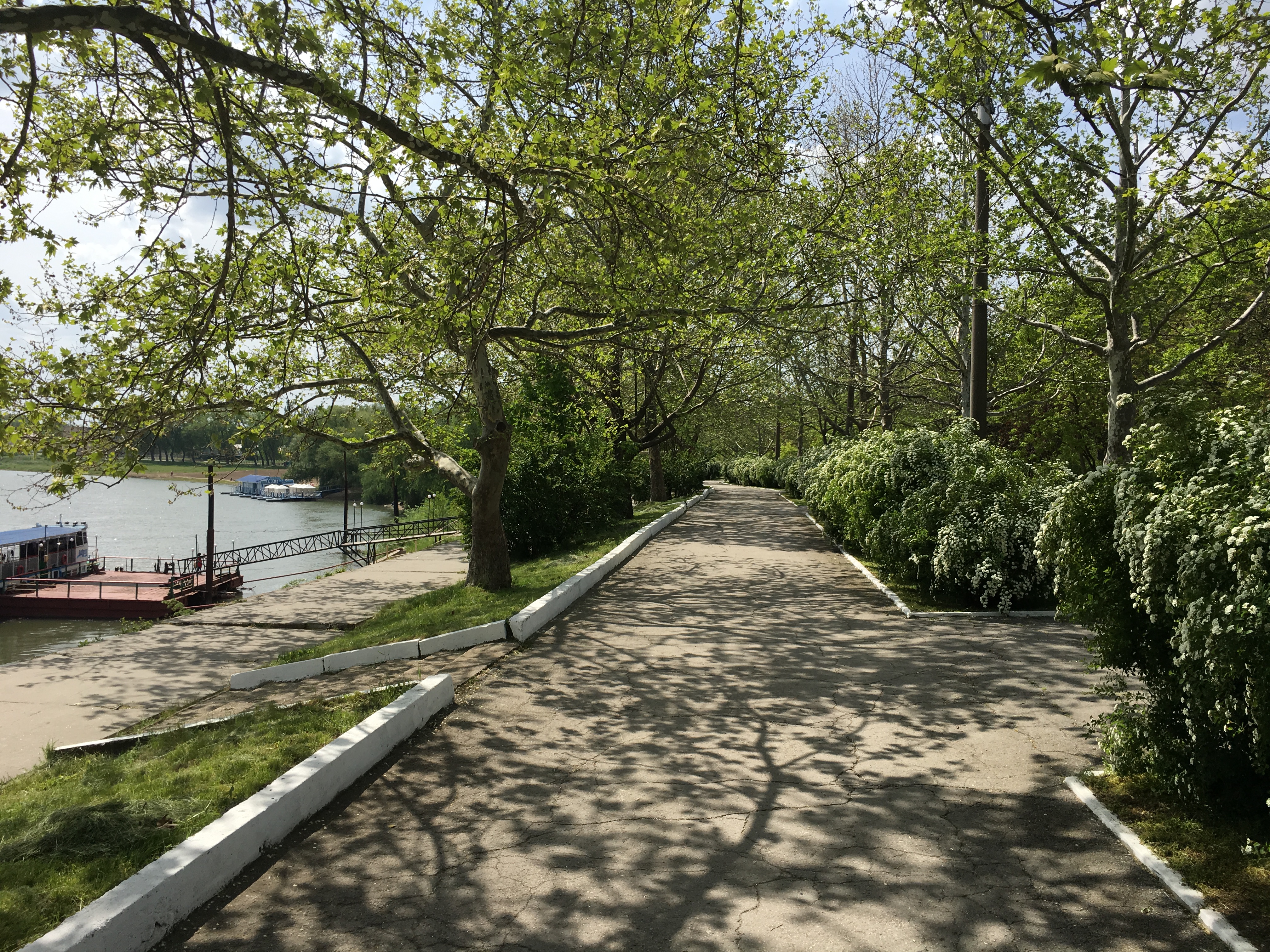
Promenade by the Dniestr
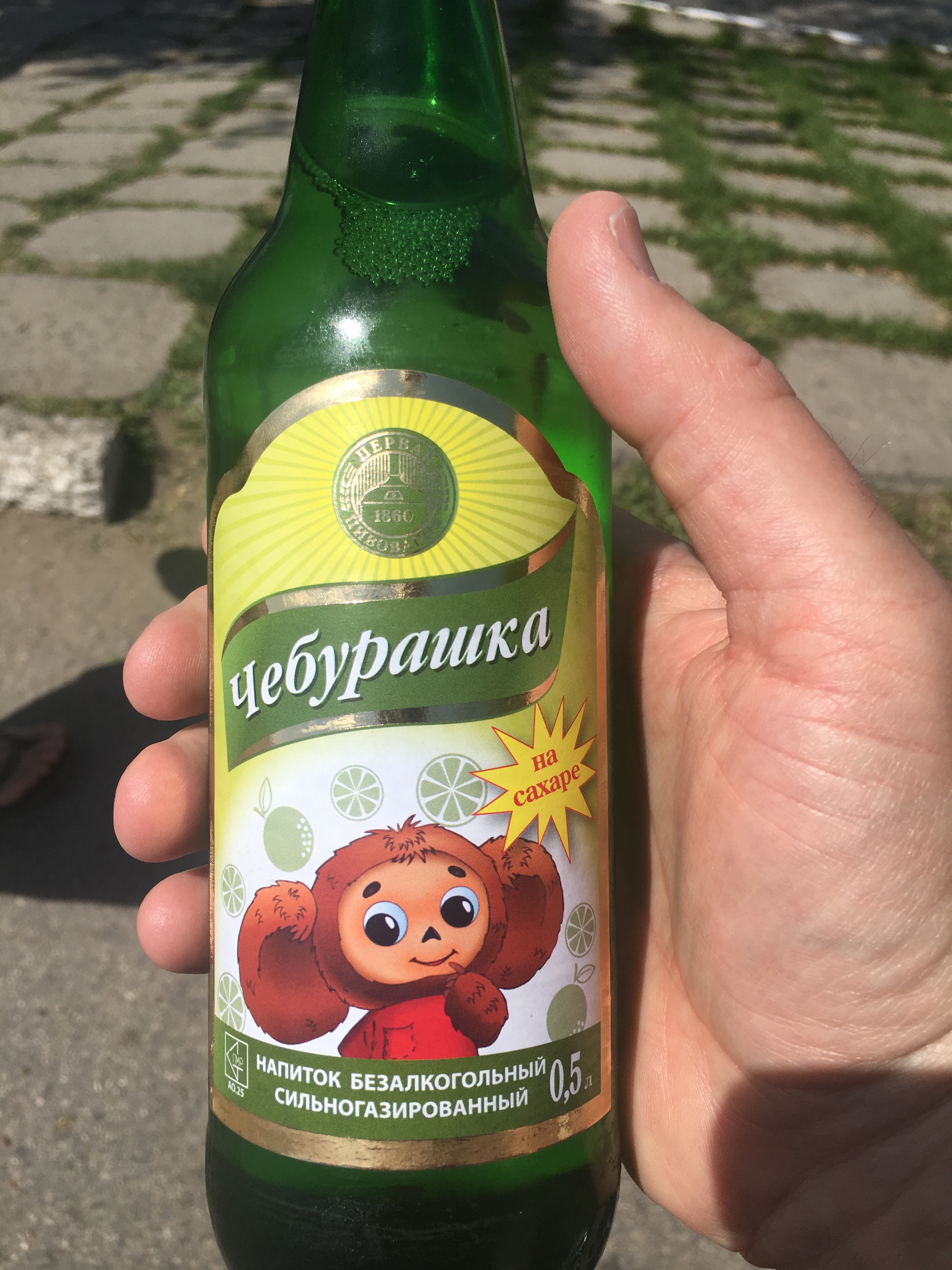
Tjeburaska (”Drutten”) soda.
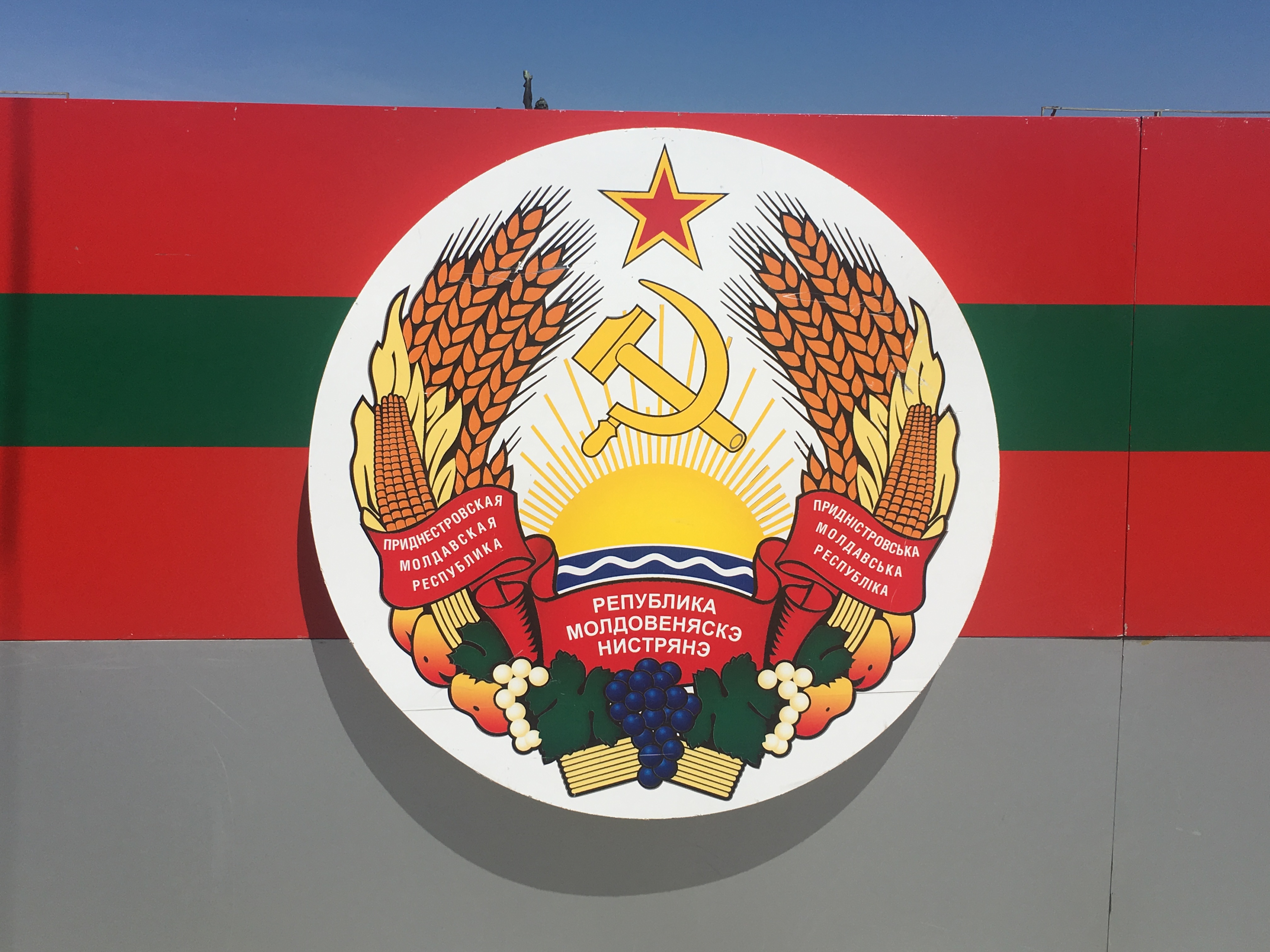
PMR logo
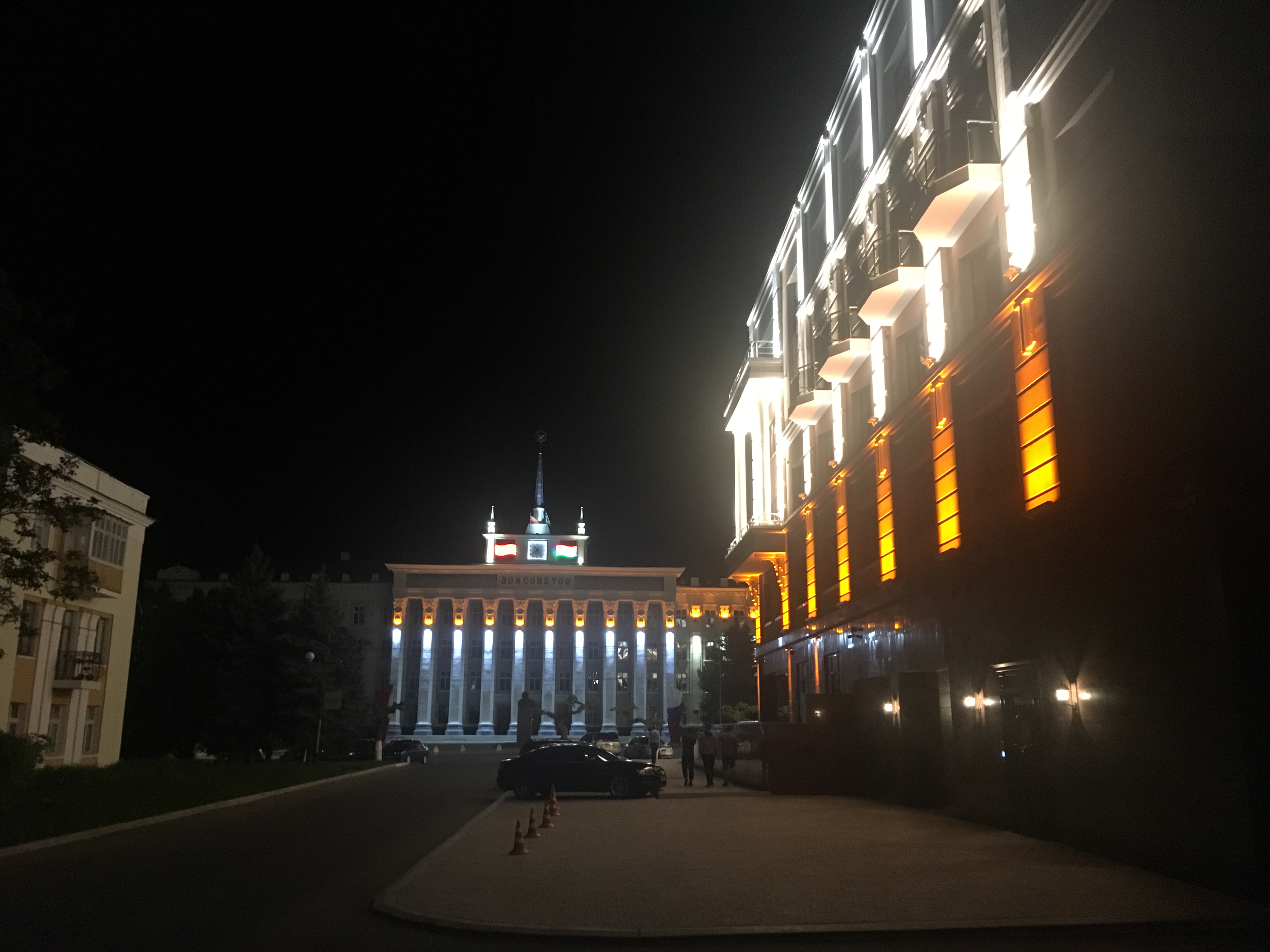
The city hall at night with hotel Russia in front.
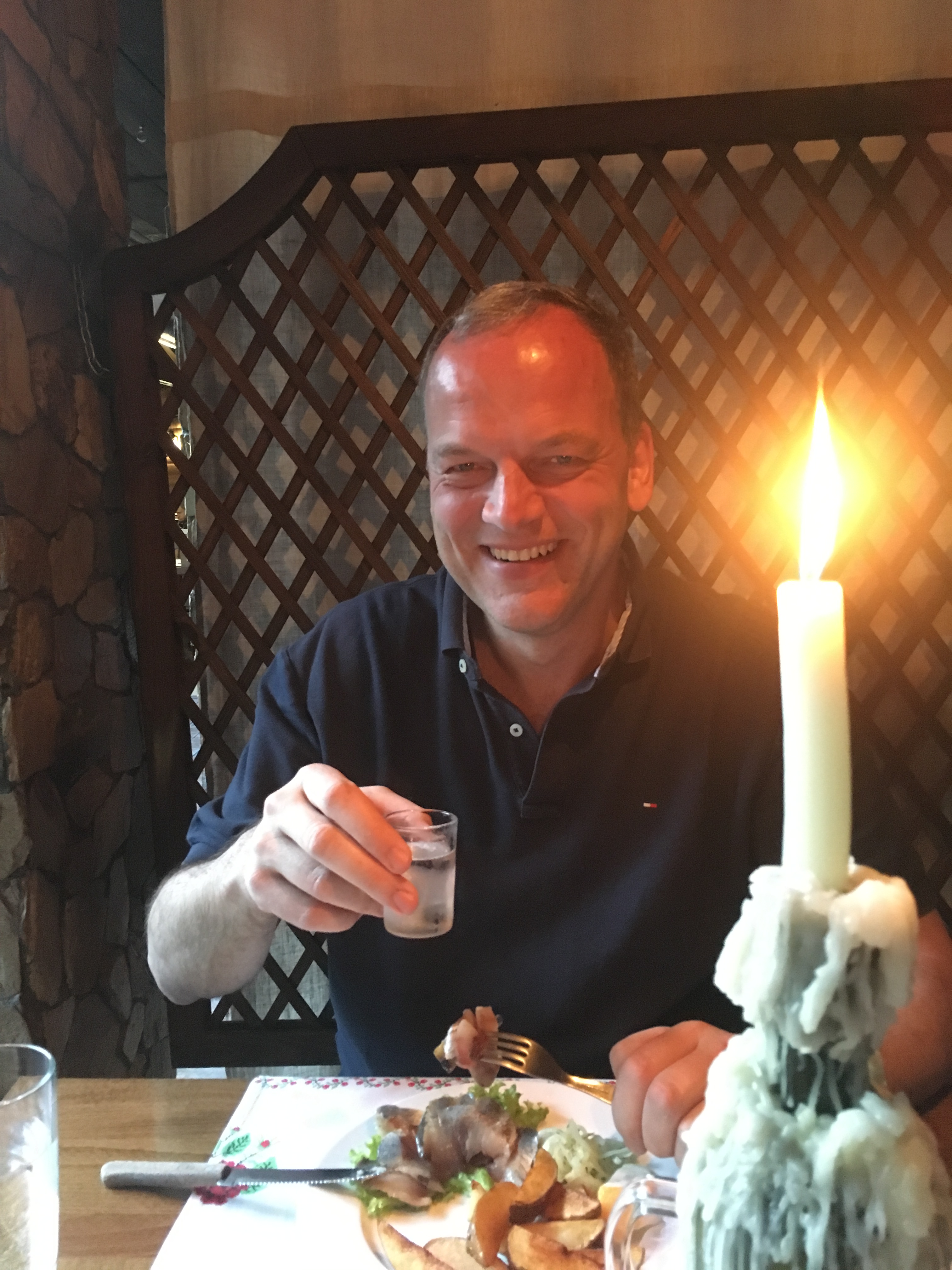
Having herring and vodka. Life can be worse.
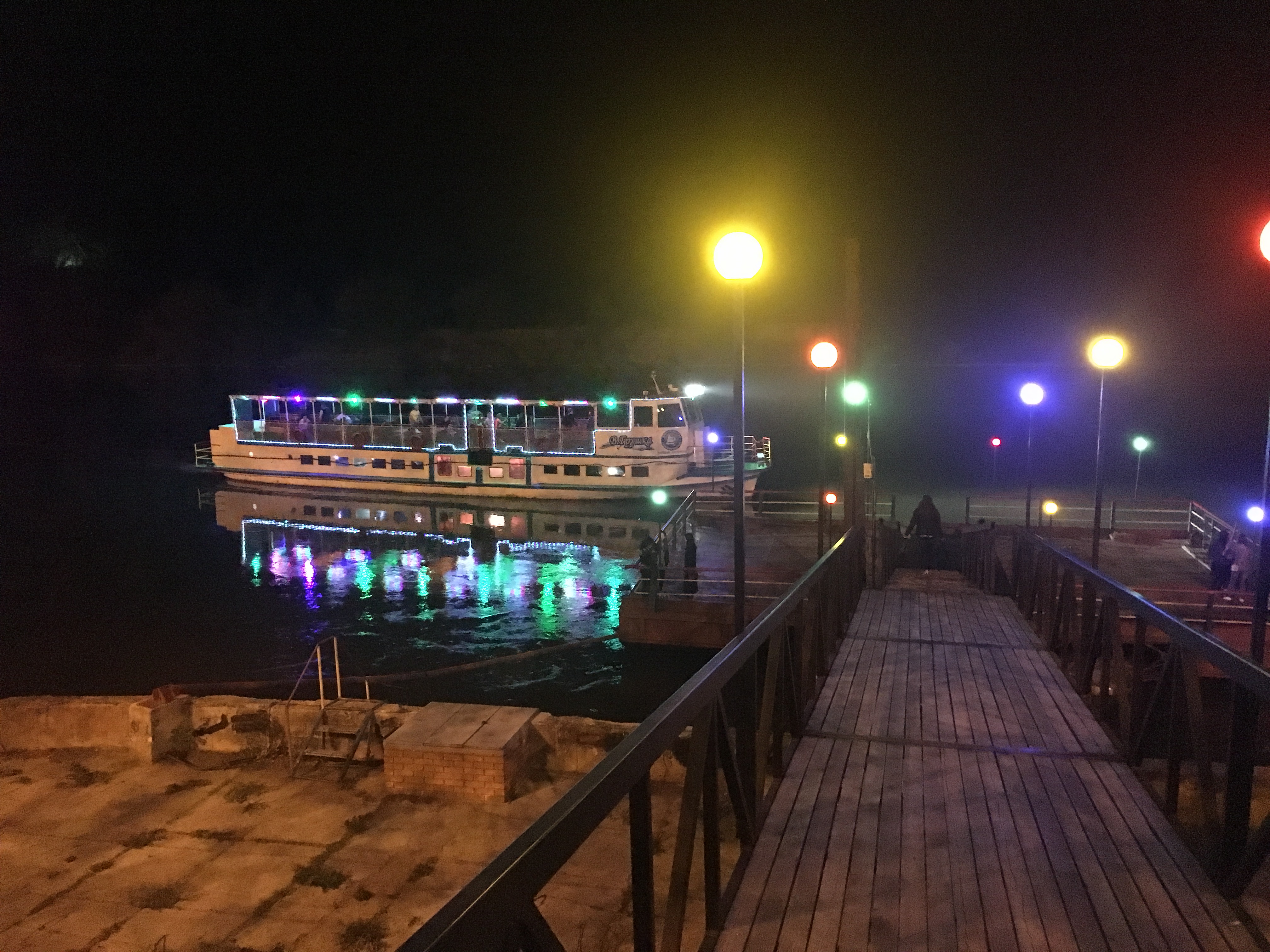
Party boat on Dniestr. Interesting colours
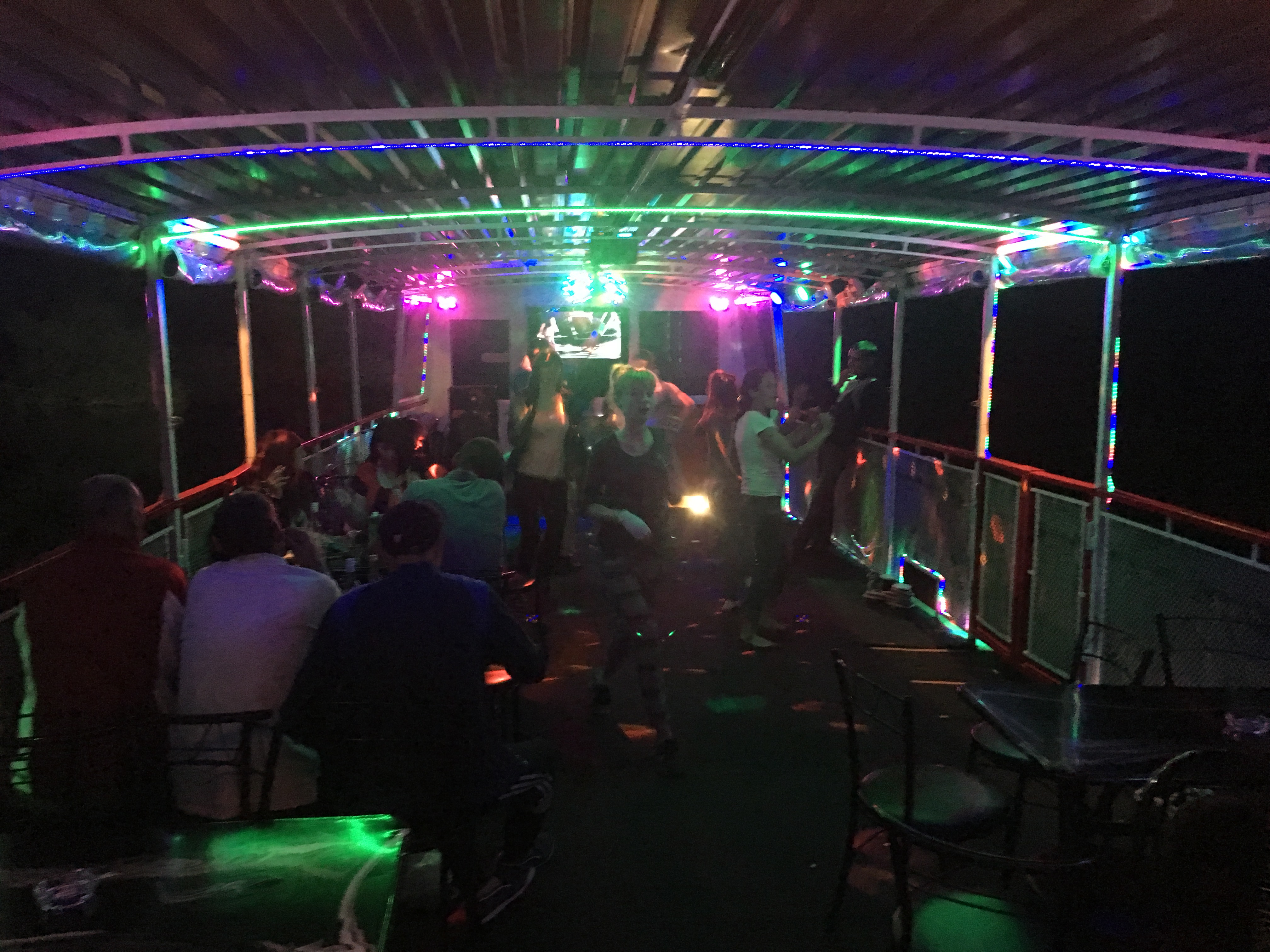
Party boat. Interesting colours
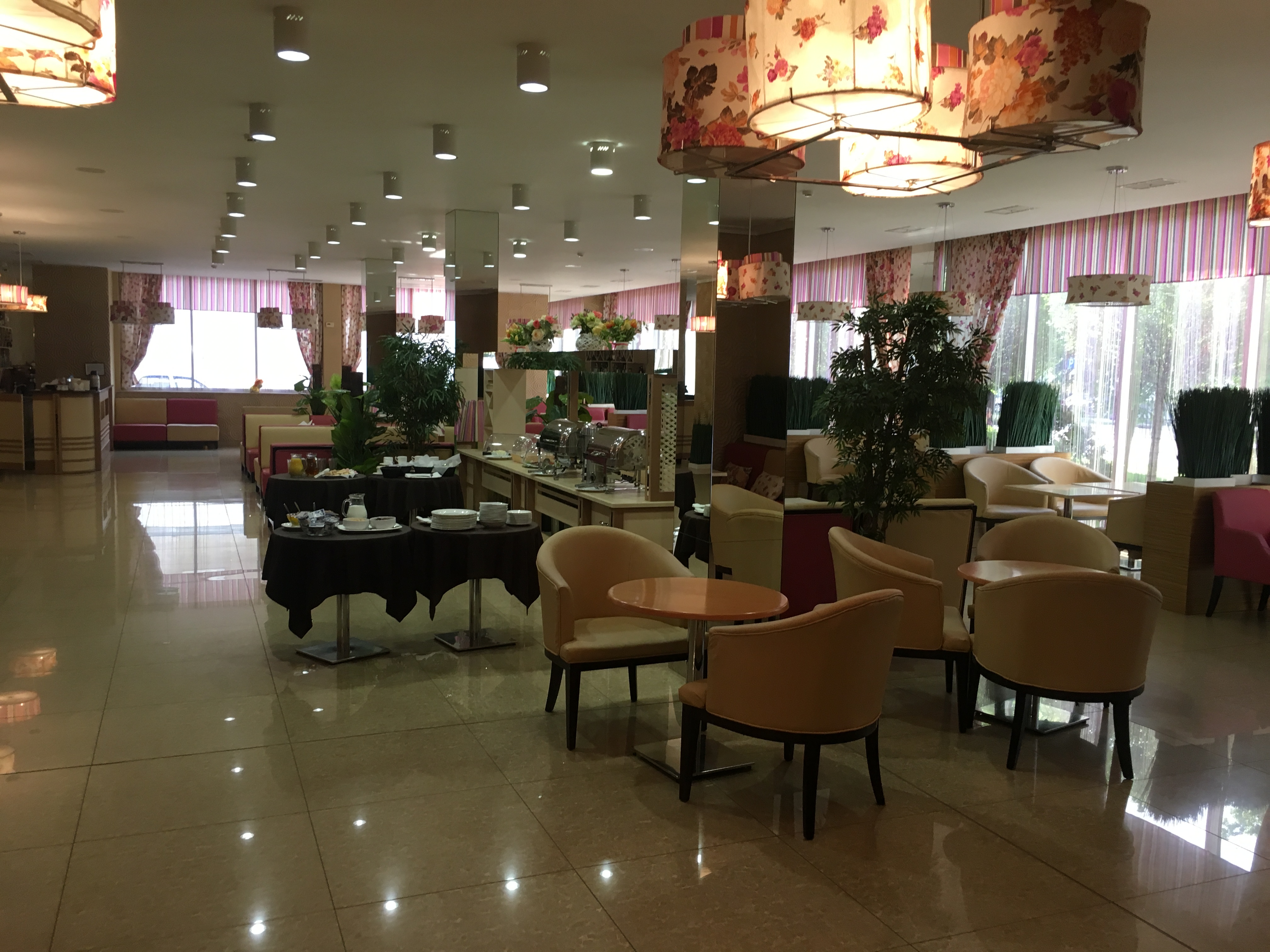
Nice to have your own breakfast restaurant.
One of the industries is one of the largest sturgeon farms in the world producing tons of Caviar. Interesting to see this industry and the amount of work put in this. 150 people working I 3-shifts and huge halls of fish pools. The Belugas are huge fishes and the prices of these fishes are staggering. The regular Russian sturgeons form the main part of the farm and the huge Belugas are not as common and is priced different depending on characteristics. The guide told that the rare albino Beluga could cost up to 500000 EUR (!).
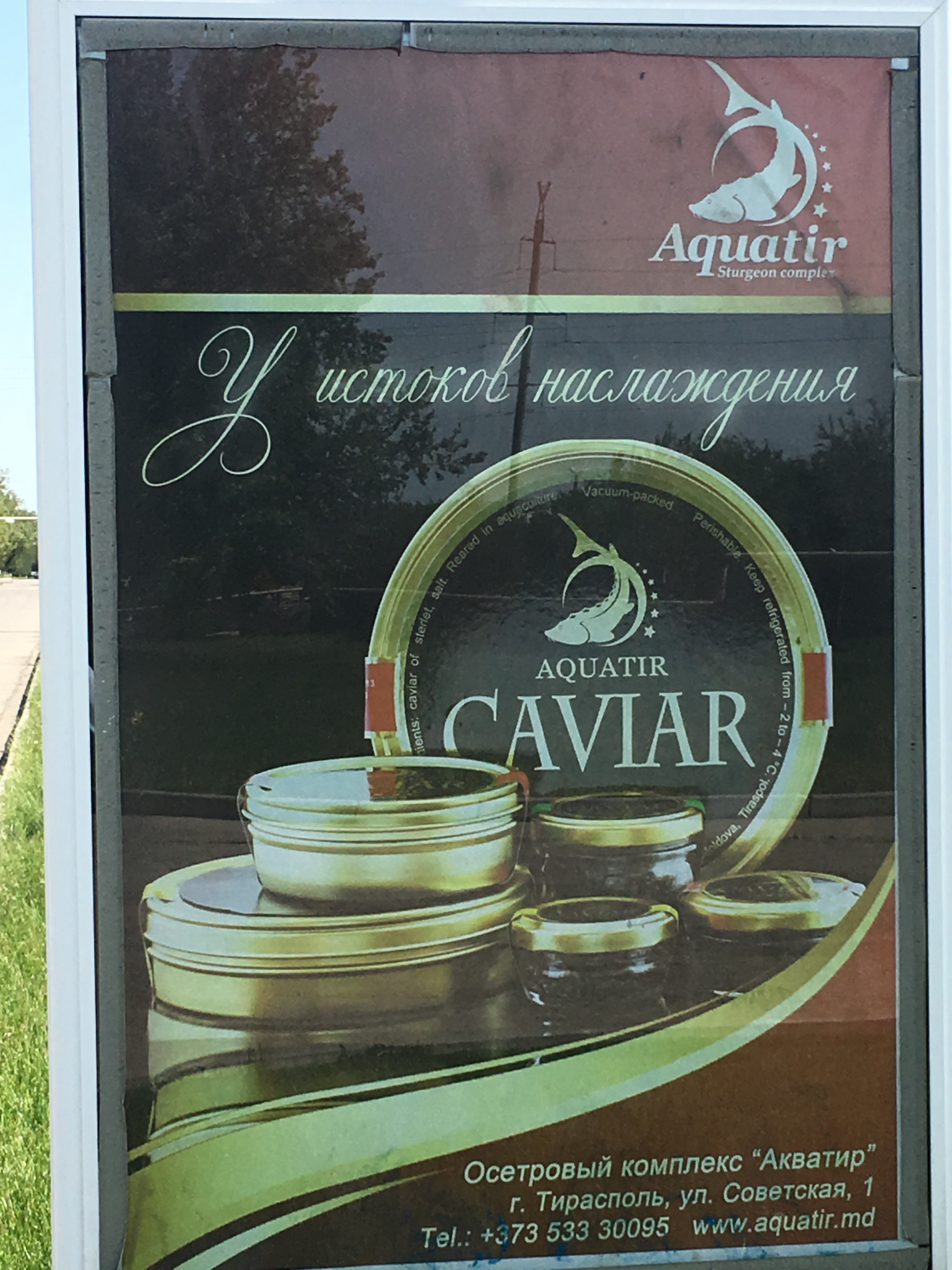
The Aquatir Sturgeon farm

Getting ready for a Sturgeon Fish Farm tour!
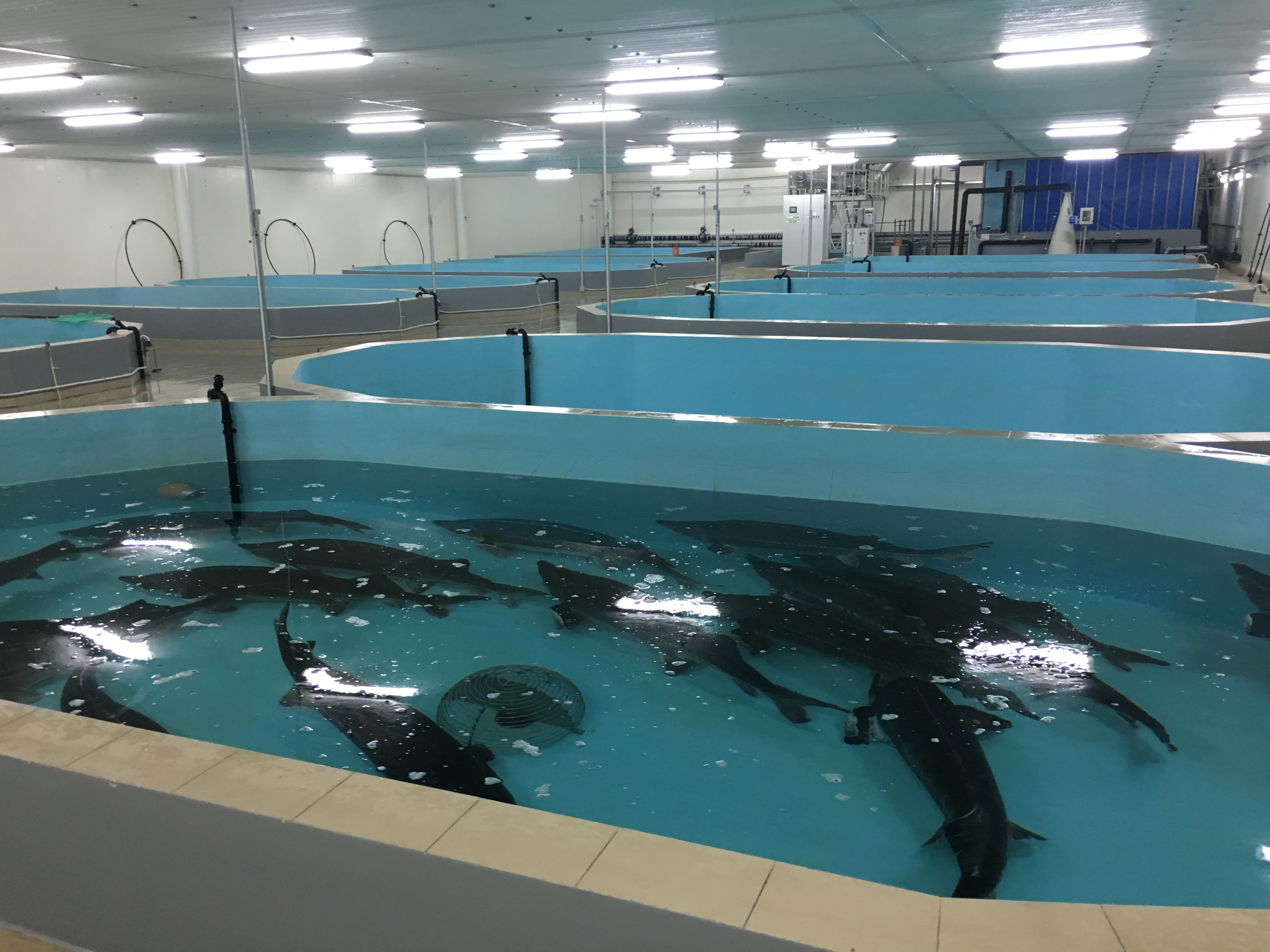
The cool pools where the female Belugas are resting and growing caviar.
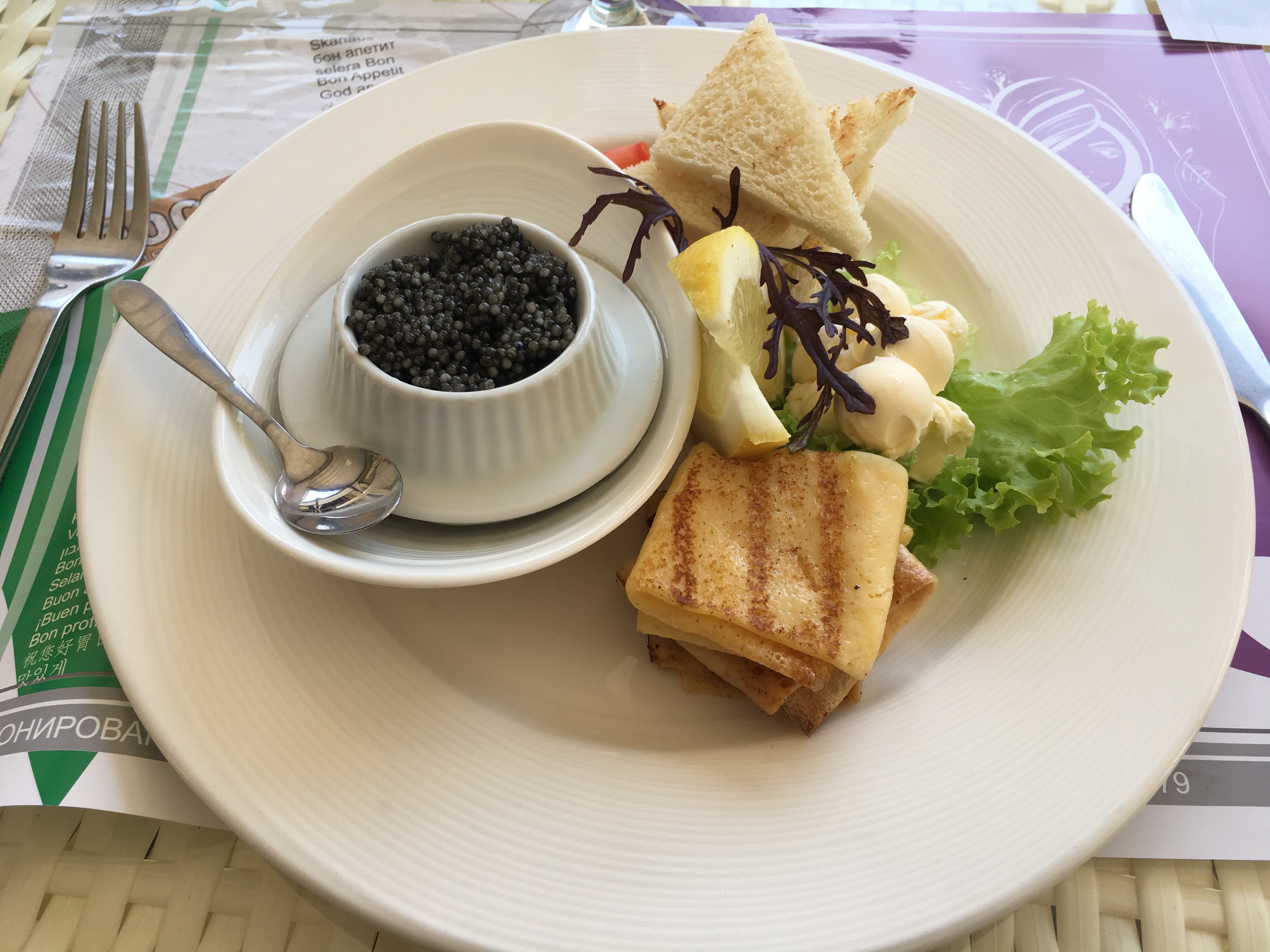
Caviar directly from the farm
If you decide to go here – and I certainly recommend it – get in contact with Andrey at Transnistria tours who is an excellent knowledgeable guide and who besides perfect English even speaks good Swedish (!).
